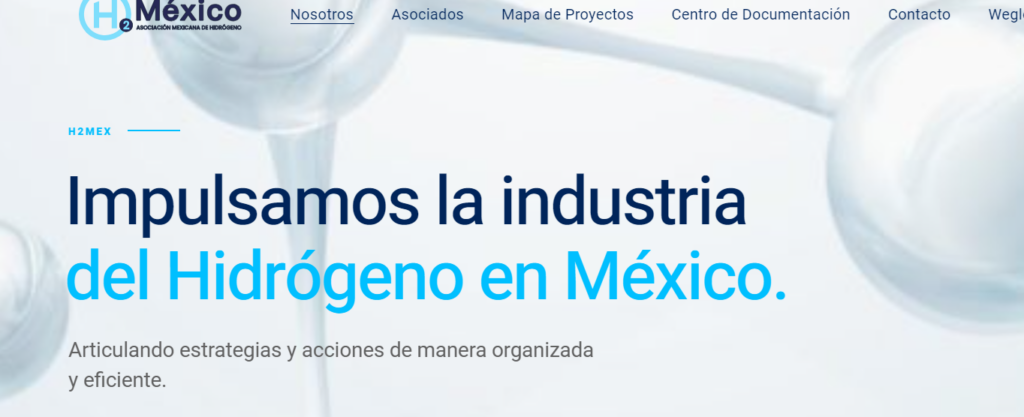New Orrick partners see tax credits jumpstarting renewable energy market

Alejandra Garcia Earley, new partner at Orrick Herrington & Sutcliffe.
The expanding field of energy tax credits and other renewable energy market opportunities, coupled with Orrick Herrington & Sutcliffe attorneys’ expertise in the field, drew Alejandra Garcia Earley to the firm this month, she told Infralogic in an interview.
Garcia Earley previously worked with Orrick partner John Eliason at Greenberg Traurig, and after Eliason switched to Orrick about six months ago, he urged her to join him at the new firm, the two told Infralogic. She recently joined Orrick’s Energy & Infrastructure team in Chicago as a partner, part of a larger expansion of the practice in recent years.
“When John joined Orrick he suggested I explore joining the team as well,” Garcia Earley told Infralogic. “Though we both very much enjoyed working together at Greenberg, I knew this was an incredible opportunity that was too good to pass up.”
“The breadth of energy solutions that the Orrick team covers was incredibly interesting for me, particularly the offshore wind opportunities which is one of the areas of renewable energy I am most passionate about,” said Garcia Earley, who before Greenberg Traurig was with Madrid-based global energy company Iberdrola. “They are the only firm with active projects in all three regions of the world.”
Eliason said Orrick puts the two in the middle of groundbreaking energy transactions.
“We are working on some of the largest and most sophisticated energy transactions that are occurring all over the world,” Eliason told Infralogic. “In the US, the focus is primarily on renewable and alternative energy, because that’s what the clients want to build. But we certainly do traditional energy as well and we have quite an active practice in looking at clean hydrogen.”
The catalyst that brought Eliason to Orrick mirrored what later attracted Garcia Earley, he said.
“The attraction of working at Orrick was really seeing those large transactions with the most sophisticated clients and the most sophisticated counterparties. It’s an exciting space,” said Eliason, who’s worked in the tax equity realm of the alternative and renewable energy market for two decades.
Recent US federal legislation has opened up the renewable energy investment market to a wider group of firms, expanding the incentives for larger firms but also bringing in new players that previously were too small to benefit from federal incentives, the two said.
“Primarily, tax credits are what’s driving activity and demand in the renewable energy sector at the moment,” said Garcia Earley, who has worked with lenders, investors, sponsors and developers on all stages of project development.
Orrick has been seeing what others predicted would be an explosion in the tax credit transfer market stemming from provisions of the 2022 Inflation Reduction Act (IRA), the two said. Regulations under the IRA allow renewable asset owners to sell tax credits to unrelated entities with enough tax obligations to make full use of credits the asset owners can’t take advantage of.
“We represent several major developers both in the US and internationally and the Inflation Reduction Act has now created new opportunities for those developers to unlock the value associated with the tax benefits from those projects through tax credit transfers,” Eliason said. “We’re active in representing both buyers and sellers of credits.”
“The growth in the universe of companies that are able to participate in the renewable energy space as a result of the ability to transfer tax credits has been very interesting,” Garcia Earley said. “It’s allowing all sorts of companies — from tech to insurance to consumer — who in the past either didn’t know that they could or perhaps didn’t want to participate in more traditional tax equity structures, to gain access. It’s going to transform the market.”
“As the tax credit market becomes more well known — because once again, it’s new — I think that it’s really going to go far to serve its purpose, which was to unlock new capital for renewables, to allow the developers out there to build the projects that, quite frankly, we need to build if we’re going to achieve our goals as a country with respect to adopting renewable energy as a viable alternative.” Eliason said.
In another new part of the renewables sphere, high-profile hiccups in the offshore wind market won’t keep it from becoming a significant sector, said Garcia Earley.
“Asia and Europe have already proven for decades that offshore wind is a reliable, effective source of renewable energy. There have been a multitude of reasons why the US has been slow to pick it up,” Garcia Earley said. “At the moment, I think we’re just seeing the customary growing pains that … you see in every industry when there’s something new and novel.”
Tax incentives and other aspects of recent renewables-related legislation haven’t finished shaking out yet, the two said. As regulations continue to be finalized, new aspects of the market will continue to open.
“There’s other new credits that we’re seeing that are kind of exciting,” such as the advanced manufacturing production credit, which is designed to grow more renewables equipment manufacturing in the US and already is spurring foreign manufacturers to reopen stateside factories, Eliason said.










